SHOBUKAN DOJO
勝武館道場
SHOBUKAN DOJO
勝武館道場

‘Shobukan Dojo’ is the name of the physical dojo, dedicated in 2000. Shinto Muso Ryu Jo, the primary martial art studied here, is a ‘Koryu Budo‘ (old school martial art), and falls under the group of older, classical Japanese martial arts, originating when Japan was still a feudal society ruled by the Samurai (before the Meiji Restoration in 1868).
Shinto Muso Ryu Jojutsu – Training Days & Times:
Tuesday: 1830 to 2030
Wednesday: 1830 to 2030
Thursday: 1830 to 2030
** Visits are by appointment only. Everyone, visitors and students, are required to have a Covid vaccination. **
The name ‘Foothills Budokai’ refers to the overall grouping of martial arts that we study here, primarily: Shinto Muso Ryu Jo (Sword & Staff) and secondary: Muso Jikiden Eishin Ryu Iaido.
Shobukan Dojo is considered a private school for studying these martial arts, and not like the more common commercial, store-front studios, or clubs. Teaching is an avocation for the instructors here.
This dojo is a relatively formal and disciplined training area for those who wish to study these classical martial arts. This provides an environment where serious students can pursue, with zeal, their training. Individual instruction from teacher to student is always the default training method. Visitors with an appointment are welcome to observe training. That is the first step in possible study here.
Budo is inherently a ‘doing’ activity, not a ‘talking’ one. Through this active, physical training one gains a unique understanding of their own mind and body. And hopefully finds a path for personal growth and self-reflection.
These martial traditions are built on ‘Kata’. Kata translates simply as ‘Form’ or ‘Pre-arranged movements’, and are essentially pre-defined patterns of combative movement performed by two people. There is no ‘free-sparring’ as a regular part of the training, it is simply too dangerous.
The curriculum presents several groups of Kata that lead a student through various phases of learning. Including: how to move efficiently with a weapon, use a specific weapon against another weapon, maintain mental composure under stress, and come to understand various combative strategies. The ‘Pre-arranged’ nature of Kata movements offers a relatively safe way to train with one another using dangerous weapons.
The practice of using Kata as a training tool has been the bedrock of numerous Japanese martial arts schools, for literally hundreds of years. Students use the Kata to work together to improve their skills.
The training here is ongoing: day after day, week after week, and year after year. There are no specific time-limited courses, programs, or private classes. All students, men and women, regardless of the level of experience, train together during the course of any particular class. Budo training requires hard work, and no small amount of perseverance. Even people who have studied these martial arts for 50+ years still regard themselves as students. Learning never stops for anyone in the dojo.
Studying Shinto Muso Ryu Jo can be physically and mentally taxing. During training the required mindset of ‘Shinken Shobu‘ ( 真剣勝負 ) brings a high level of seriousness and concentration. This mindset is focused on using these weapons as if your life depended on it. There is not a ‘sporting or competitive’ feel to this training.
To sum it up, for those inclined, the study of these classical Japanese Martial Arts are found to be tremendously interesting, mentally and physically challenging, and very enjoyable! Every training session will challenge you.
These words by Major G. Bristol USMC, a soldier with extensive experience in both Koryu martial arts and modern warfare, are telling:
“You will feel something altogether different when the tip of a Jo lies two inches from the bridge of your nose or a spear thrust that you initiate is parried and your opponent’s thrust hits home. And when you do, you will find that weapon type, uniform patches, and your gradings in other martial arts fade away.
No, you will be left to deal with the feeling that each warrior who has gone into combat has faced: am I good enough today, this minute, right now? And if you find yourself lacking–and many times this will be the case–you will train harder, looking for answers not in a better weapon or a mystic adage, but within the inner reaches of yourself. For in the core of combatives, it is not the weapon, it is the warrior who wields it; it is not the magic, it is the mindset.
You will walk away changed, of this I have no doubt. And change is the paradigm that makes the koryu what it is. The weapons and kata do not change–the exponent does. In a world of speed, crisis, and “fad” of the day, this point of reference is needed now more than ever. For conflicts will occur, and warriors will engage. In the final analysis, mindset–and the training that fosters it–will prevail.
And mindset–the combat mindset–is the heart of the koryu.
Semper Fidelis.
Major George H. Bristol – United States Marine Corps” [1]
1. Bristol, George Maj. USMC – Koryu Bujutsu: Forward 1997
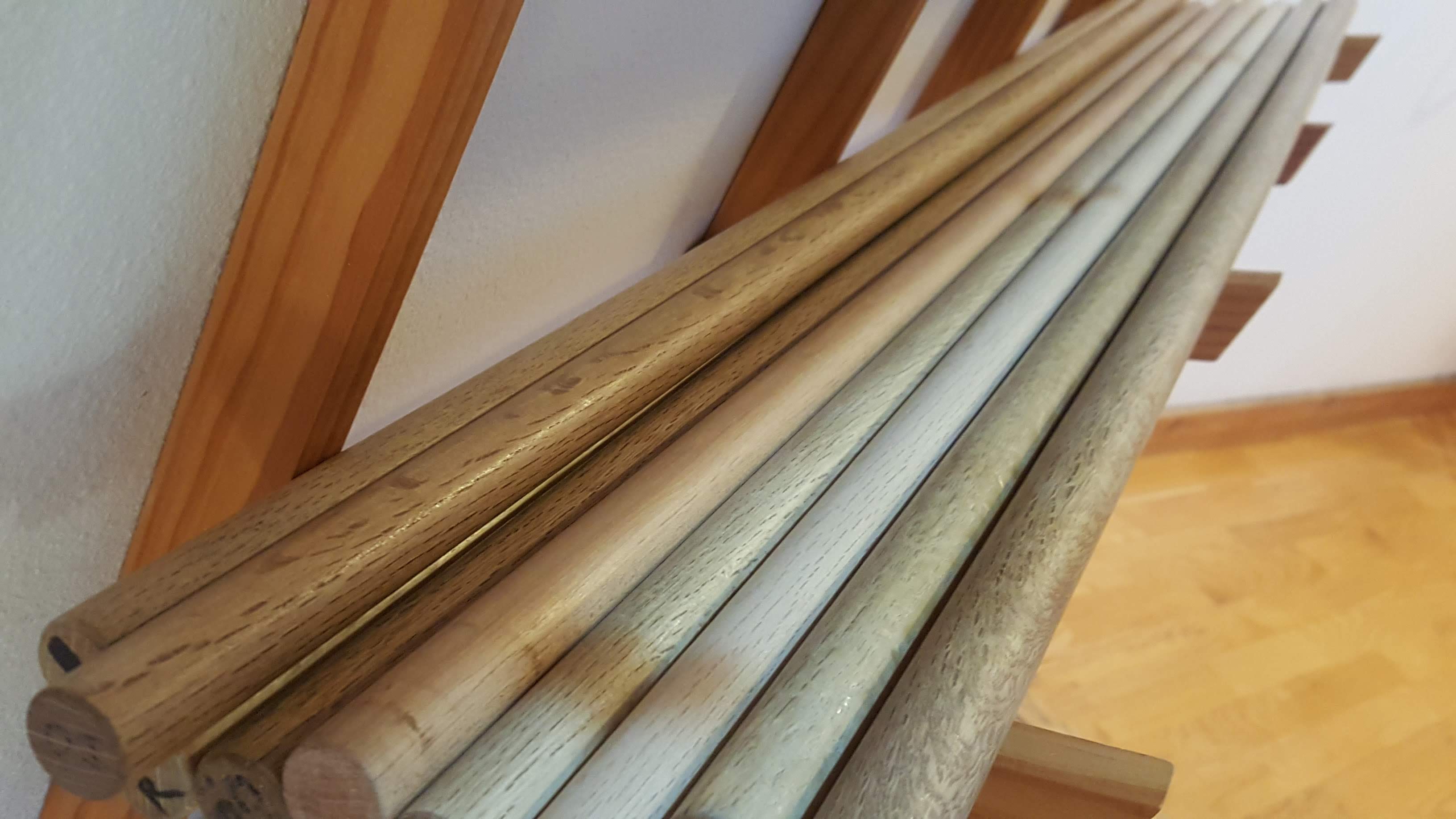
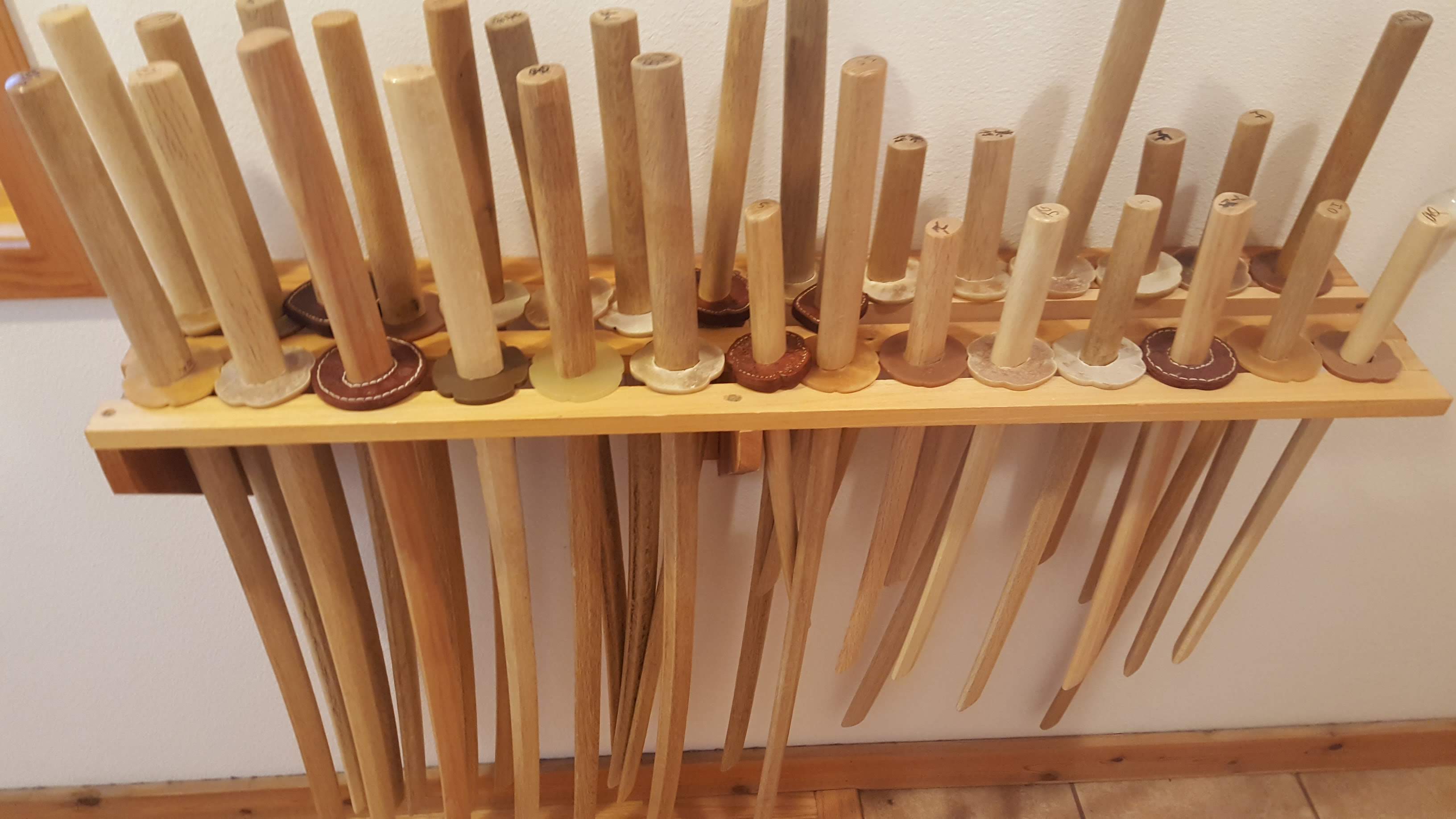
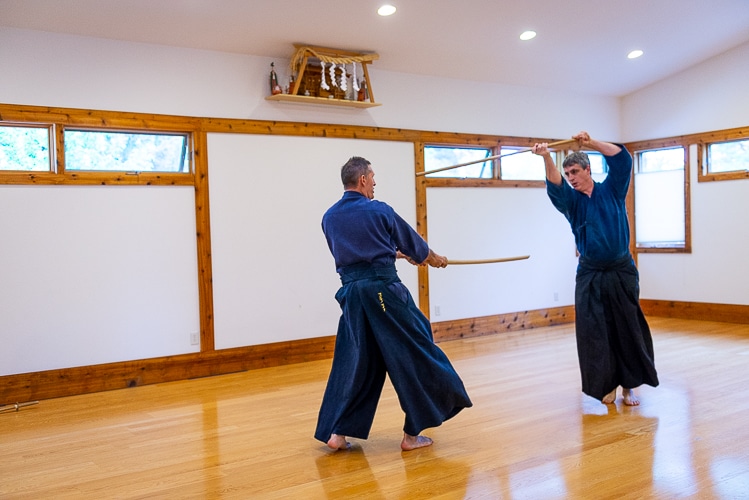
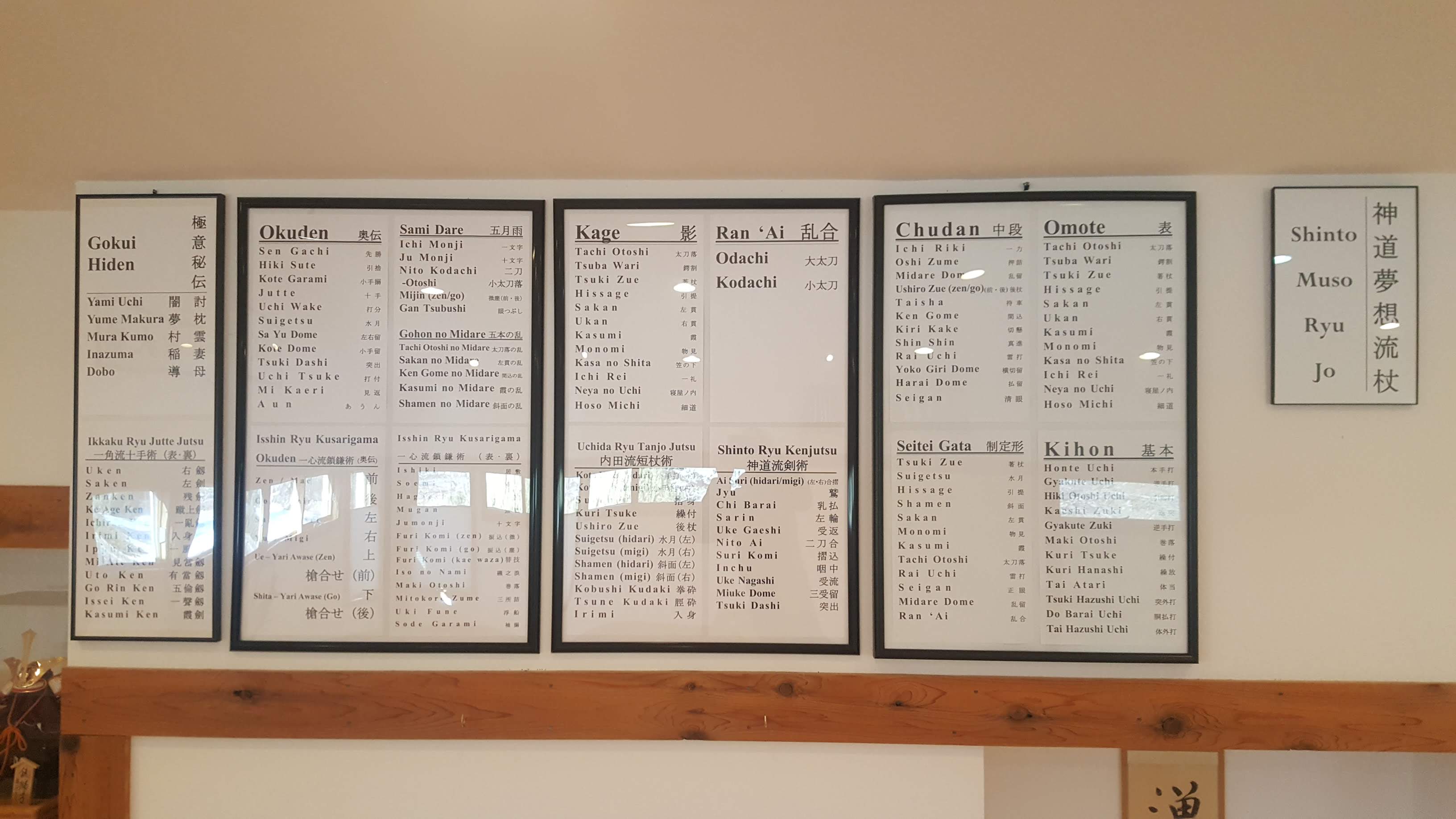
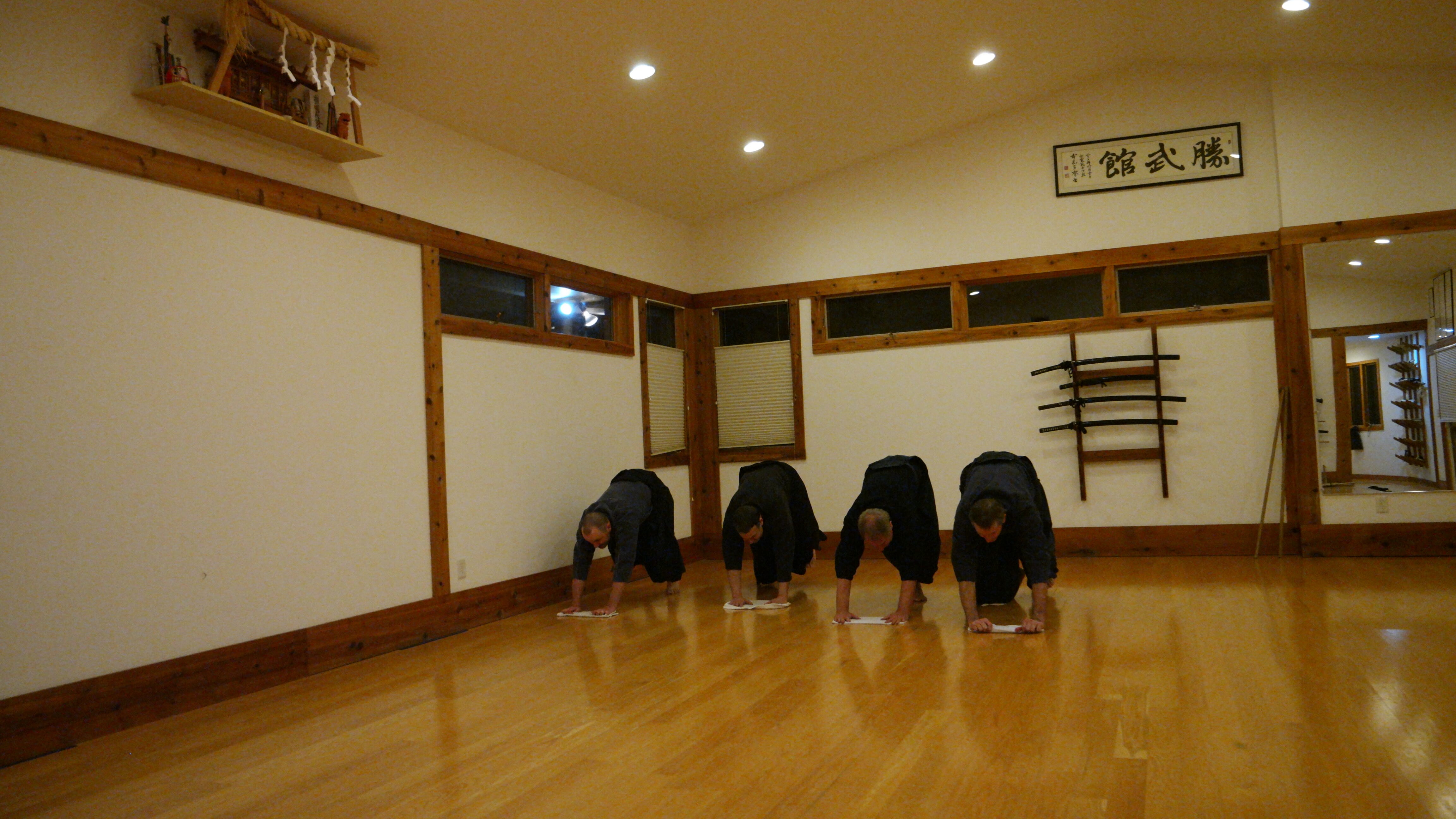

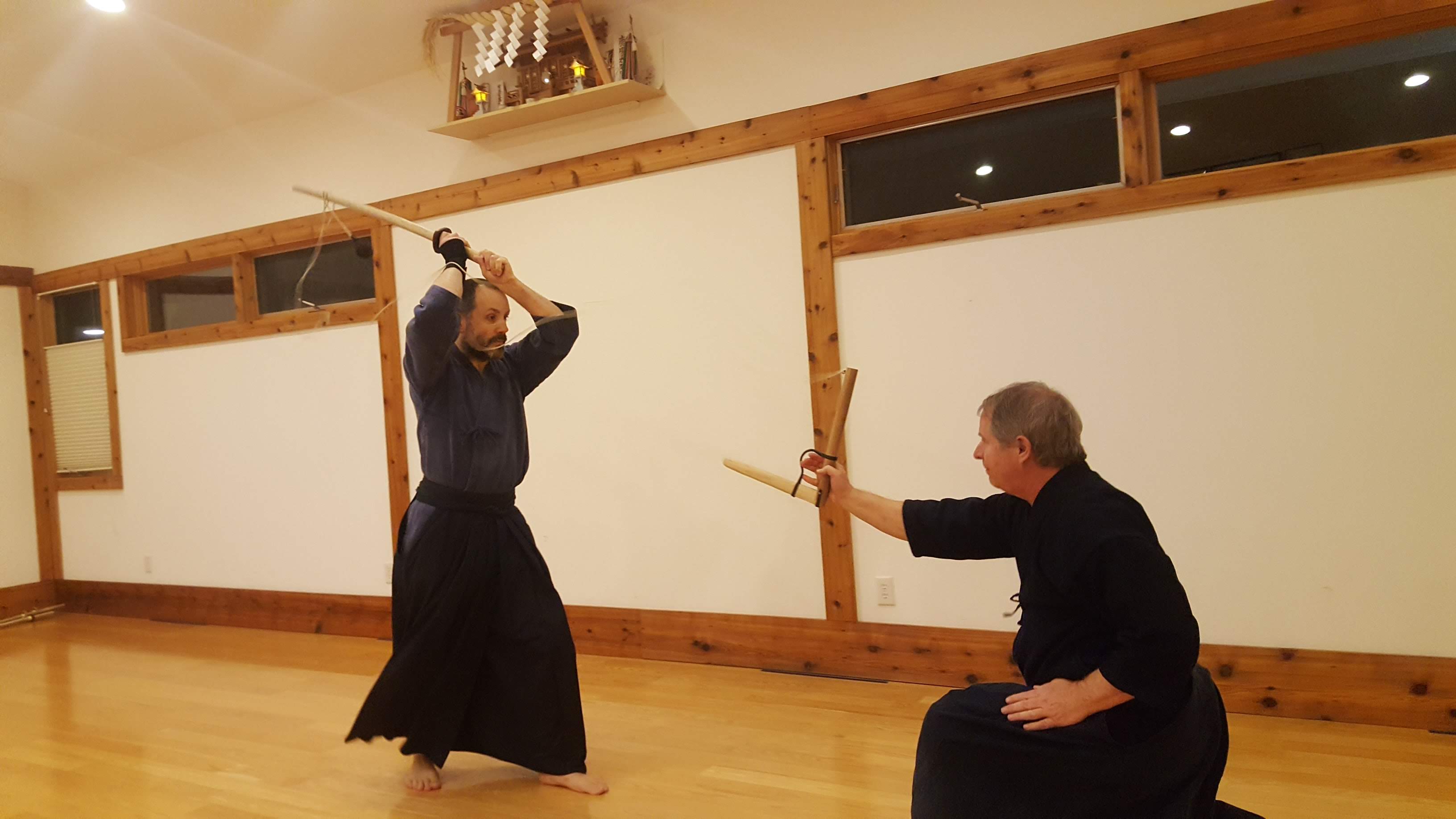


‘Shobukan Dojo’ is the name of the physical dojo, dedicated in 2000.
Shinto Muso Ryu Jo, the primary martial art studied here, is a ‘Koryu Budo‘ (old school martial art), and falls under the grouping of older, classical Japanese martial arts, originating when Japan was still a feudal society ruled by the Samurai (before the Meiji Restoration in 1868).
Shinto Muso Ryu Jojutsu – Training Days & Times:
Tuesday: 1830 to 2030
Wednesday: 1830 to 2030
Thursday: 1830 to 2030
* Visits are by appointment only. Everyone, visitors and students, are required to have a Covid vaccination. *
The name ‘Foothills Budokai’ refers to the overall group of martial arts that we study here, primarily: Shinto Muso Ryu Jo (Sword & Staff) and secondary: Muso Jikiden Eishin Ryu Iaido.

Shobukan Dojo is considered a private school for studying these martial arts, and not like the more common commercial, store-front studios, or clubs. Teaching is an avocation for the instructors here.
This dojo is a relatively formal and disciplined training area for those who wish to study these classical martial arts. This provides an environment where serious students can pursue, with zeal, this training. Individual instruction from teacher to student is always the default training method. Visitors with an appointment are welcome to observe training. That is the first step in possible study here.

Budo is inherently a ‘doing’ activity, not a ‘talking’ one. Through this active, physical training one gains a unique understanding of their own mind and body. And hopefully finds a path for personal growth and self-reflection.
These martial traditions are built on ‘Kata’. Kata translates simply as ‘Form’ or ‘Pre-arranged movements’, and are essentially pre-defined patterns of combative movement performed by two people. There is no ‘free-sparring’ as a regular part of the training.
The curriculum presents several groups of Kata that lead a student through various phases of learning. Including: how to move efficiently with a weapon, use a specific weapon against another weapon, maintain mental composure under stress, and come to understand various combative strategies.
The ‘Pre-arranged’ nature of Kata movements offers a relatively safe way to train with one another using dangerous weapons. The practice of using Kata as a training tool has been the bedrock of numerous Japanese martial arts schools, for literally hundreds of years. Students use the Kata to work together to improve their skills.

The training here is ongoing: day after day, week after week, and year after year. There are no specific time-limited courses or programs. All students, men and women, regardless of the level of experience, train together during the course of any particular class. Budo training requires hard work, and no small amount of perseverance. Even people who have studied these martial arts for 50+ years still regard themselves as students. Learning never stops for anyone in the dojo.

Studying Shinto Muso Ryu Jo can be physically and mentally taxing. During training the required mindset of ‘Shinken Shobu‘ ( 真剣勝負 ) brings a high level of seriousness and concentration. This mindset is focused on using these weapons as if your life depended on it. There is not a ‘sporting or competitive’ feel to this training.

To sum it up, for those inclined, the study of these classical Japanese Martial Arts are found to be tremendously interesting, mentally and physically challenging, and very enjoyable! Every training session will challenge you.

These words by Major G. Bristol USMC, a soldier with extensive experience in both Koryu martial arts and modern warfare, are telling:
“You will feel something altogether different when the tip of a Jo lies two inches from the bridge of your nose or a spear thrust that you initiate is parried and your opponent’s thrust hits home. And when you do, you will find that weapon type, uniform patches, and your gradings in other martial arts fade away.
No, you will be left to deal with the feeling that each warrior who has gone into combat has faced: am I good enough today, this minute, right now? And if you find yourself lacking–and many times this will be the case–you will train harder, looking for answers not in a better weapon or a mystic adage, but within the inner reaches of yourself. For in the core of combatives, it is not the weapon, it is the warrior who wields it; it is not the magic, it is the mindset.
You will walk away changed, of this I have no doubt. And change is the paradigm that makes the koryu what it is. The weapons and kata do not change–the exponent does. In a world of speed, crisis, and “fad” of the day, this point of reference is needed now more than ever. For conflicts will occur, and warriors will engage. In the final analysis, mindset–and the training that fosters it–will prevail.
And mindset–the combat mindset–is the heart of the koryu.
Semper Fidelis.
Major George H. Bristol – United States Marine Corps” [1]
1. Bristol, George Maj. USMC – Koryu Bujutsu: Forward 1997

